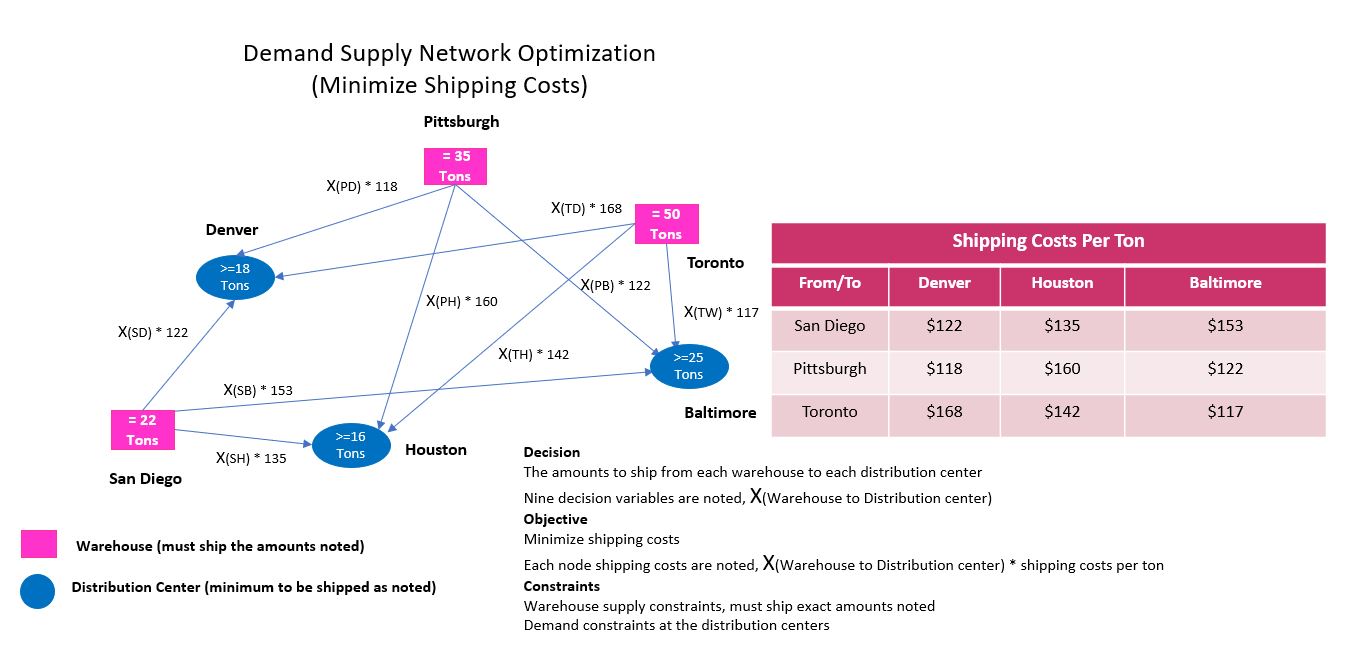Optimizing Decisions
Prescriptive analytics seeks to analyze, for example, past consumer behavior to predict future behavior. Prescriptions are recommendations. Therefore, how do we define a prescriptive problem, how to set goals and objectives, how can the company optimize the goals and objectives, what actions can a company take to affect the outcome of their goals and how do companies respond to other companies actions?
The market structure needs to be a part of the model. If the company takes an action, for example, price change of the product, then how do other companies in the market respond? These are the questions that prescriptive analytics will answer. Willingness to pay (WTP) measures the maximum amount a customer is willing to pay for an incremental purchase of a product or service. WTP is calculated as:
WTP = ((New Price + Old Price) * Price Increment)/2 = > Trapezoidal Rule
TekMetrix WTP solutions improve brand performance by:
- Predicting market demand
- Setting channel prices
- Making formulation decisions
- Determining promotional spend strategy
- Communications strategy
- Creating dashboards and reports
- Determine the relationship between variables
- Understand why and how issues occur
- Create an interative process between analytic and decision making
- Make decisions
- Units to produce
- Channel price
- Formulation
- Product features and positioning
- Trade channel spend
- Media spend
- Target market segment for decisions
Linear and Interger Programming In The Absence of Uncertainity
Powerful optimization technology is available to find the best solutions to complex problems faced by many organizations. Minimizing or maximizing an objective function which is dependent on variables such as costs, quantities, sales, price, profit while constrained by capacity, resources, dollars has been a well defined and utilized approach since the middle 1940s when logistics optimization mathematics were developed, known as linear and non-linear programming (LP) and integer (IP) programming. LP and IP models combined with AI algorithms will learn your business data and continuously maximize or minimize the objective function. We generally apply these optimization models to specific business challenges with low uncertainity to determine the most favorable outsome to the business problem.
- Objective function - defines the maximizing or minimizing function that we want to achieve
- Decision variables - parameters that can be controlled or adjusted to influence the outcome of the objective function
- Production quantities
- Resource allocation
- Cost of goods
- Revenue
- Scheduling
- Constraints - mathmatical expressions that limit the values or the relationships between decision variables
- Resource availability
- Capacity limits
- ERG requirements
Optimization Model Types
- Deterministic Optimization
- Solves problems with known parameters and with minimum uncertainty in the decision variables
Examples include linear programming (LP) and integer programming (IP)
- Solves problems with known parameters and with minimum uncertainty in the decision variables
- Stochastic Optimization:
- Operates with uncertainty or randomness in parameters
- Objective function and constraints involve probabilistic or random variables
- Nonlinear Optimization:
- Handles problems with nonlinear functions in the objective or constraints
- Commonly used in finance, engineering, and logistics
- Heuristics:
- Approximate problem-solving techniques when finding an exact optimal solution is computationally infeasible
- Applications:
- Operations Research: Optimize supply chains, production processes, and resource allocation, product pricing and revenue growth
- Finance: Portfolio optimization for better investment strategies, trade promotion management costs
- Logistics: Route optimization, inventory management, and scheduling, supply chain finance, matching demand and supply across a supply chain network
- Engineering: Design optimization, process improvement, and quality control
- Benefits:
- Cost Reduction: Optimized resource allocation minimizes costs
- Efficiency Improvement: Streamlined processes lead to better productivity
- Strategic Planning: Evaluate scenarios and alternatives for long-term decisions
Optimizing modeling with AI enables businesses to make data driven decisions, adopt new technologies, innovate and adopt to changing environments. With todays computational innovations and SAP transaction and master data modeled in HANA, SAC, PaPM significant upside potential exists for businesses to capture. An optimization model can have only one objective but can have many decision variable and constraints. For example if a company wants to optimize multipe key performance indicators such as profit, costs and resource allocation then we can choose one of the key performance indicators, like profit and treat the others as constraints.
Linear models are easier to optimize than non-linear models. Linear models involve constant parameters, multiplication products of decision variables and constant parameters and addition and subtraction. Non-linear models involve products of decision variables, ratios of decision variables, power or roots of decision variables, anything beyond a linear function.
Simplified solver model optimizing demand supply objective with decision variables and constraints


